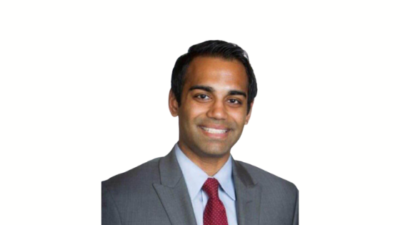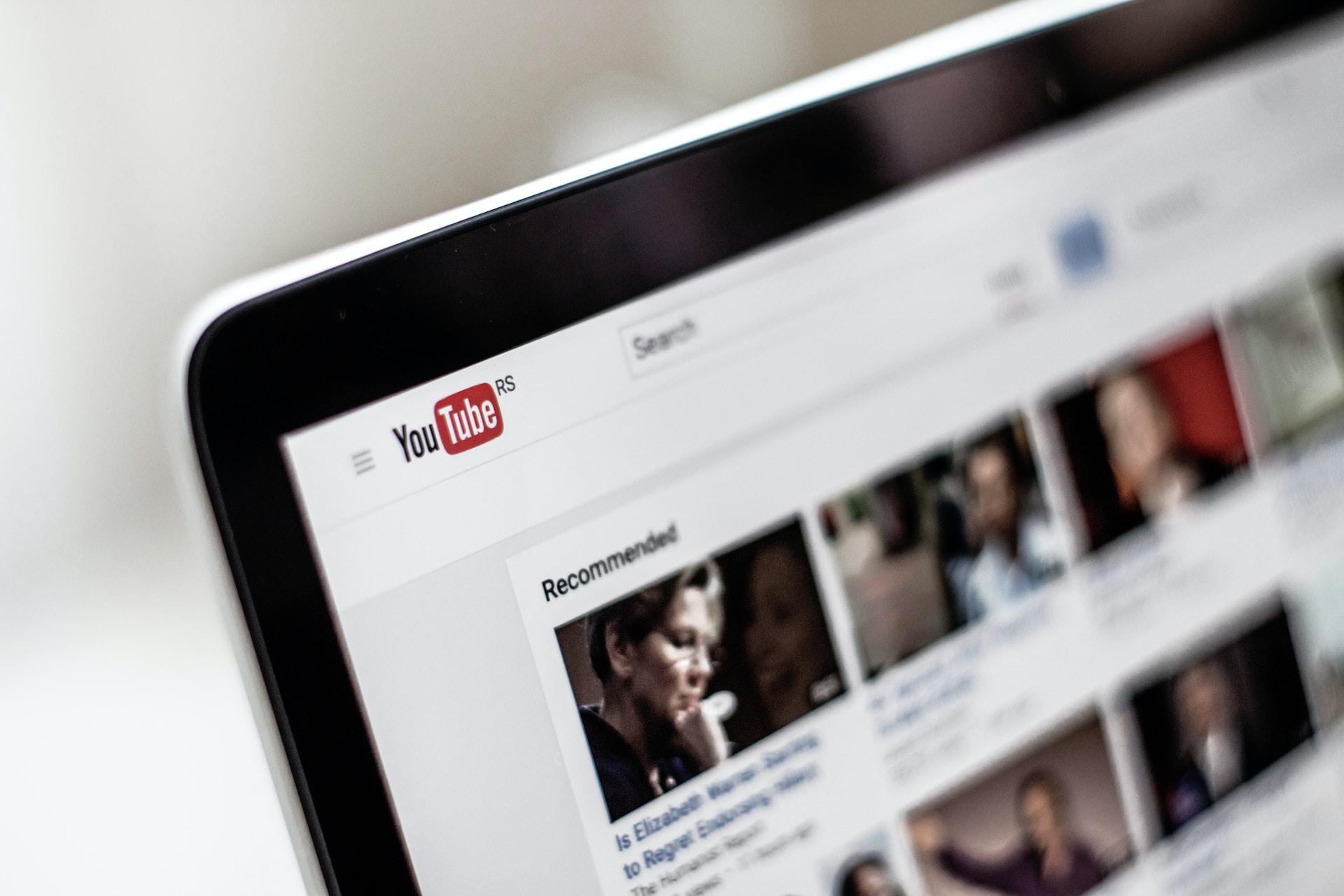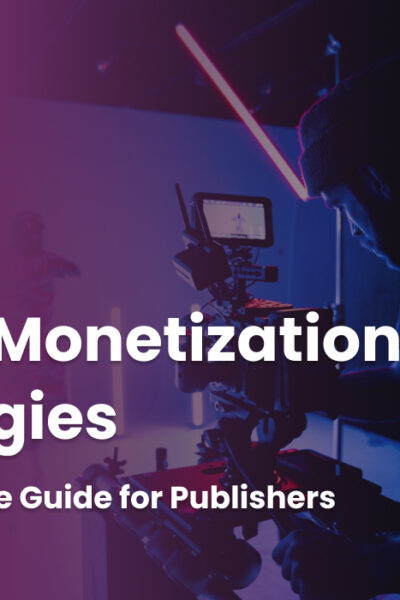What led you to start working in the tech and publishing industry?
Previous to Hindsight, I was in the finance industry working at banks like Goldman Sachs and Macquarie. My role was industry agnostic, so I was looking at many new businesses across different industries. With each new business, I would leverage digital news to help with the diligence process. As a power reader of the news, I realized most news stories did not have enough context and only a small portion of the story was used to provide background. The original problem I was trying to solve with Hindsight was to provide a stronger context in news via automated hyperlinking – think of the robust hyperlinking strategy of Wikipedia and applying that to news content.
How did this lead you to develop “Hindsight”?
The problems that Hindsight solves today and the product that we’ve built is a result of a few pivots over the past three years and continuous improvement on the understanding of the market. As I more closely looked at revenue models of publishers and what was happening with the winding down of third-party cookies, I realized the need for a better, more user-friendly model for advertising. With this idea, the Hindsight team repurposed our technology stack, which fundamentally understands the core context and topics of an article to serve an experience, to drive our Adaptive Ad framework.
What does a typical day look like for you? What does your work setup look like? (your apps, productivity tools, etc.)
I start my morning around 8 AM checking emails, Slack, and my calendar to roughly plan out my day. My workspace is my desk in my living room, which overlooks the Hudson River and NYC Skyline, so it’s not a bad view to motivate myself throughout the day. Our product and technical teams have a daily call at 10 AM and after that my day varies depending on priorities which currently is mainly scaling our publisher products and managing R&D on our Adaptive Ad technology. I hit the gym around 4 PM to beat rush hour, work for a few more hours until dinner and then try to go to sleep around midnight. In terms of productivity tools, we use Slack for communication, Asana for business development tasking, Jira for technical roadmap management, and Google for email, storage, and the other tools they offer.
What changes have you seen in the publishing industry since the pandemic and why?
The pandemic had several impacts on the publishing industry. The biggest revenue impact was tied to brand safety when a lot of advertisers did not want to advertise against COVID-19 content, and when advertisers in pandemic affected industries like travel shut down their budget, which materially impacted CPMs. Another impact was the importance of fact-checking and fake news algorithms (but you can also credit that to the Trump Administration versus the pandemic itself). However, the biggest impact in the past year is not pandemic related but relates to the deletion of the third-party cookie. With this new movement, both publishers and advertisers need to change their monetization and targeting strategies to rely heavily on first-party and contextual data to maintain revenue growth.
May you introduce our audience to hindsight’s contextual targeting platform?
Hindsight is a technology company that moves beyond the boundaries of traditional contextual advertising to leverage contextual intelligence to make smarter, intuitive ads that meld into the content around them to drive the flexibility and results that advertisers and publishers need. Our proprietary technology combines intelligence and adaptive creative to power a reader-first message that drives better results — with no dependence on the cookie — and simultaneously solves for monetization and retention. What makes our ads adaptive is our platforms ability to identify key topics and terms in an article and use that understanding to automatically update the content of the ad to match the content of the article. For example, in an article about Beyonce and another article about Madonna is it enough to serve an ad about Apple Music in both articles? Or is it more powerful to serve an ad about Beyonce and an ad about Madonna in the respective articles? That type of granularity is hard to achieve using segment or keyword targeting but can be achieved using tech enabled adaptive creative. The content alignment that adaptive creatives provide also makes the ads much more editorial. With the various brands that we’ve launched with including FanDuel, FOCO, and Apple/Amazon Music, this one-to-one alignment drives on average a 0.5% click through rate, which is 10x increase to industry-standard display CTRs of .05%. Adaptive creative is what native advertising was supposed to look like, providing benefits for the user, publisher and advertiser.
Can you tell us more about how publishers can monetize and engage audiences in a cookie-less web? What are your recommendations?
Publishers are not going to find a one-stop-shop for their contextual targeting needs. To be truly effective, it will be important for advertisers to leverage contextual targeting across an array of use cases. From traditional segment targeting to location/weather targeting, and the more innovative formats like adaptive and shoppable content, publishers should incorporate the different use cases of contextual to create an effective strategy. In addition, contextual by itself is not the panacea. Combining contextual targeting with first-party data will allow publishers to reach and improve on the targeting capabilities they were seeing with third-party cookies. Push for users to provide personal information with promotions, surveys and contests. Provide incentives for readers to communicate preferences on subjects of interest with topic specific email newsletters. With the death of the cookie, digital media will be able to drive forward with innovation and disruption to create a stronger ecosystem for brands, users and publishers.
Forbes announced hindsight’s most recent $1.3 million raise. What are your plans?
The main use of proceeds for our $1.3mm raise will go to research and development for our Adaptive Ad technology. The platform is data science heavy and we need to build and deploy extremely accurate models for the different verticals, brands and publishers we support. In addition, some of the spend will also be utilized to boost our brand and marketing presence to solidify the importance of the new ad creative technology we are creating. We really want to push towards having a self-service software platform to power brand creatives in all major performance verticals by 2022.
What’s the problem that you’re passionately tackling at “Hindsight” at the moment?
We’re trying to solve the disconnect between advertising, publisher content and readers. It’s very fragmented because publishers need ads to make money, but readers ignore ads because they are intrusive and often irrelevant. With our Adaptive Ad technology, we leverage contextual intelligence to make the content of an ad closely match the content of an article. With this strategy, we can ensure the needs of advertisers, publishers, and readers are all aligned. Hindsight is working on delivering a better future for digital advertising where a superior experience for consumers delivers the results brands and publishers need — with zero dependence on cookies.
Content from our partners
Do you have any advice for ambitious digital publishing and media professionals on how they can use targeting to optimize and grow revenue?
The biggest advice I can give is to treat your digital media company as a technology product. Whether it’s leveraging contextual targeting, first-party data, subscription services, etc., always A/B test different strategies and use data to determine what works best. An amazing aspect of running a digital publication is the vast amount of behavior data you can get in a short amount of time. Use reader behavior data with A/B tests to quickly figure out what’s working and what’s not and test new concepts and strategies to optimize performance.












